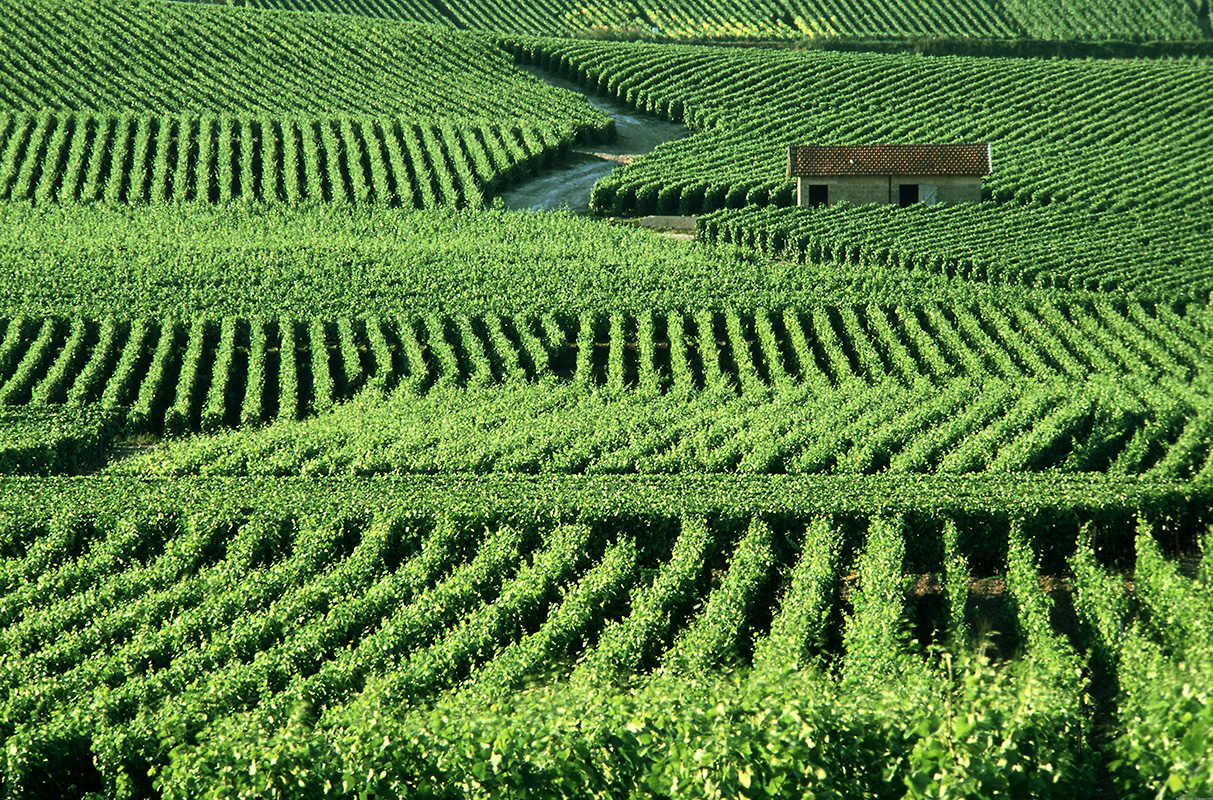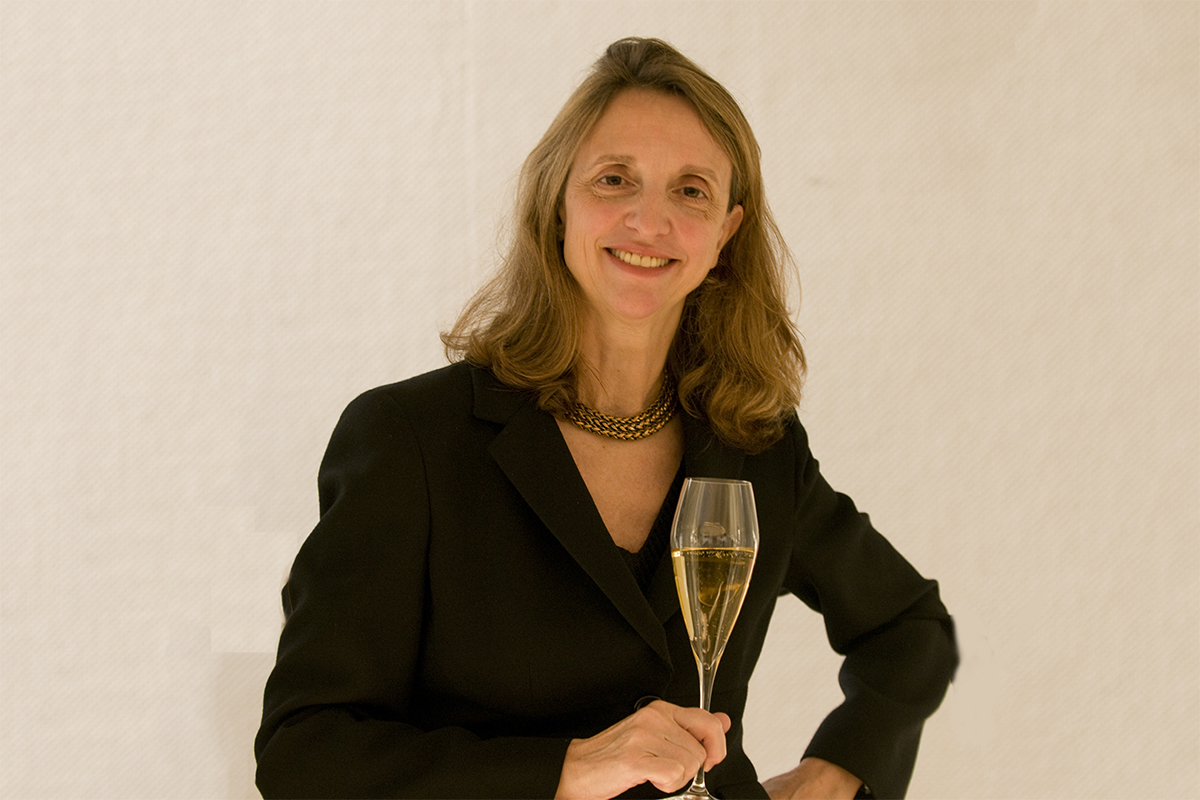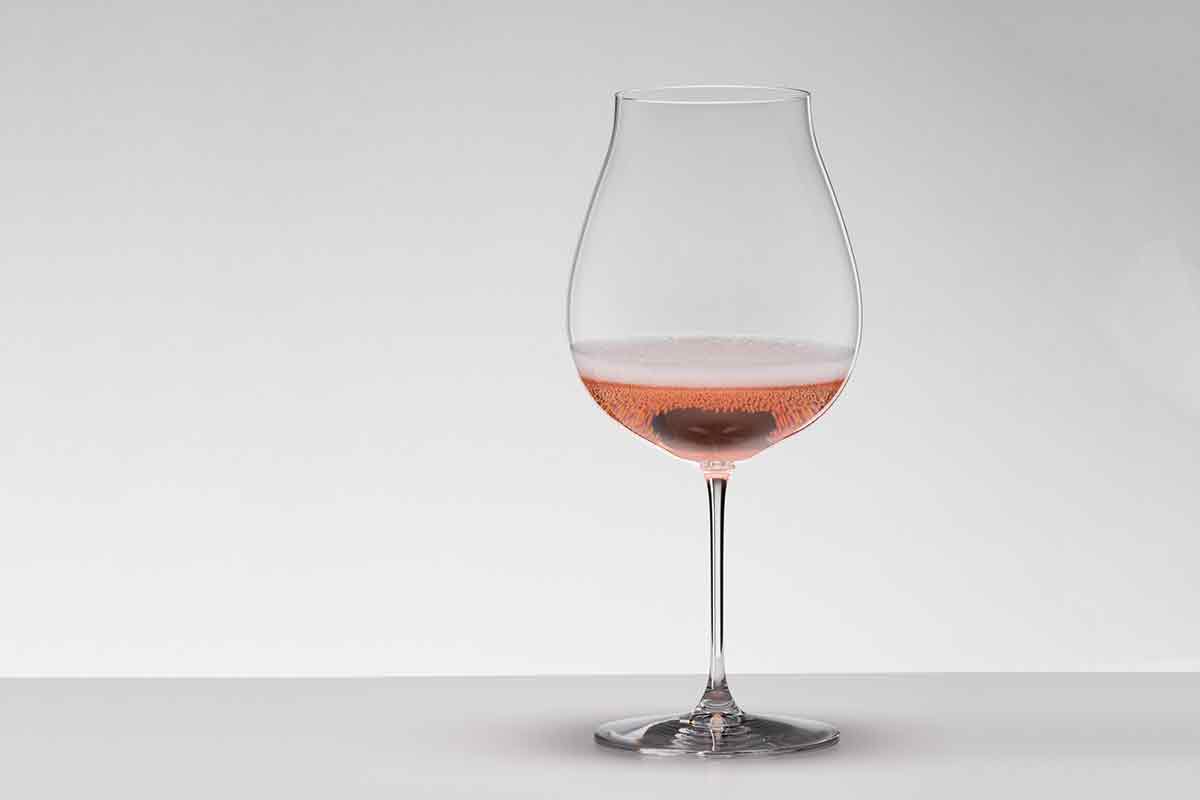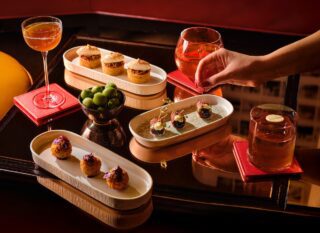This website uses cookies so that we can provide you with the best user experience possible. Cookie information is stored in your browser and performs functions such as recognising you when you return to our website and helping our team to understand which sections of the website you find most interesting and useful.
Think pink for romance: Tempus explores the latest Champagne trends
By Michelle Johnson | 14 February 2018 | Food & Drink
The Champagne Bureau’s Françoise Peretti brings the Champagne region to the UK with these stand-out food pairings

As director of the Champagne Bureau UK, Françoise Peretti knows her fizz – and how best to drink it. The Champagne wine region has long been synonymous with our favourite brands of sparkling wine, but the real key to the small and perfectly formed French province's longevity lies in its diversity.
"The Champagne region is very small, and although it has 300 champagne houses it in fact accounts for just 10% of the world's sparkling wine sector. But it is true that Champagne is absolutely a garden of vineyards," Peretti tells Tempus when we meet in London, naturally chatting over a glass of blanc de blancs 2010 vintage champagne.
With over 300 houses and 15,000 growers, the Champagne region has much variety to choose from, with wines based on the main three grapes that grow in the region: Chardonnay, Pinot Noir and Pinot Meunier. Stylistically, Blanc de Blancs refers to champagne consisting of 100% Chardonnay grapes. In contrast, champagne made from 100% black skinned grapes, Pinot Noir or Pinot Meunier, is called Blanc de Noirs. Interestingly, UK demand over the last 20 years has driven more houses to offer Rosé Champagne, which is perfect for holidays like Valentine's Day or Chinese New Year.
"Pink champagne is extremely popular and has become very interesting in the last decades," says Peretti. "British consumers have fallen in love with rosé. It is the traditional style for Valentine's Day, thanks to the many stories and legends about how pink champagne was created for lovers. It's always connected to romance. The colours are also so different in the pink category – there are very light, pale pinks and then deep salmon colours – so you can pick your colour as much as your taste."
Peretti says that Champagne is one of the few drinks where, historically, the food can be paired to the drink – rather than the wine being paired to the food. "In many wine-growing regions around the world, the food came before the wine," she says. "Not so in Champagne. There's no real gastronomy in the region. It all starts with the vintage." >>

Pairings such as seafood dishes, mushrooms and pasta are all well known, but for Peretti there is a champagne for almost any gastronomic event. "We're so lucky to have a brilliant array of cuisines in the UK, the choice is amazing, and is what makes London the eating-out capital of the world," she says.
"The trick is to know how your champagne will work on the palette. A Blanc de Blancs champagne will cut through the fattiness of a fried dish perfectly, which is why you can pair champagne so well with something like fish and chips or hot dogs. Recently I went to Bubbledogs with a sommelier friend, which has a selection of 80 champagnes to go with your hot dogs.
"Chardonnay-based champagnes also go very well with any kind of fish or shellfish – prawns, scallops, langoustine. Don't put tonnes of lemon or ginger into your food, as the acidic flavour in the champagne will do the job."
Peretti advises poultry for champagnes with a high-content of black grapes. "The more robust the champagne, the better. A very robust black grape will actually pair wonderfully with venison. A rosé with a lot of body to it goes very well with game, such as grouse or pheasant. One of my favourite pairings, however, is cheese – and it's becoming a real trend. In fact, I'm seeing a lot of weddings where cheese platters are being used instead of cakes. Blanc de Blancs goes extremely well with goats cheese.
"You also have sweeter demi sec champagnes, which are the best style for puddings. You don't really taste the sweetness on the palette, it's just slightly rounder." The only real food to avoid is heavy spice, she says. "Champagne can complement a range of flavours, but steer clear of very hot spices in the cuisines you pair with. For instance, sparkling wine wouldn't be my first choice for Szechuan or Indian cuisine." >>
Related: Rosé on the rise: why we’re all drinking pink

The Champagne region exports a phenomenal 300 million bottles of champagne per year – with the UK being the largest consumer. "That might sound like a huge number but, in fact, it's only a very small percentage of what's out there. The region is emblematic of France, but it is very international in its approach."
Each house tends to produce three main families of champagne. Non-vintage describes a blend of multiple harvests that is, Peretti says, an "expression of the house" and does not fluctuate in taste year on year. Dated vintages are from a single harvest, and are perfect for dining. Last, but certainly not least, there is the prestige cuvée.
"Prestige cuvées only account for 5% – 7% of the region's total production and are top of the line of champagnes," Peretti explains. "Normally they will be produced in bottles that will be specifically developed or historical replicas of bottles found in the archives. They make wonderful gifts, and are common in many private members' clubs in the UK."
Originally from Paris, Peretti says she did not learn about the sheer versatility of champagne until joining the Champagne Bureau New York after finishing her university studies in Boston. In 1993, having moved to the UK and set up her own eponymous PR firm, Peretti took on the helm of the UK bureau.
"Being French, brought up in Paris, of course my family drank champagne, but when I joined the Bureau in New York it was like discovering a new world – the wines, the region. It feel like a love story to me, because after 25-30 years when I visit I feel as though I'm going home."







